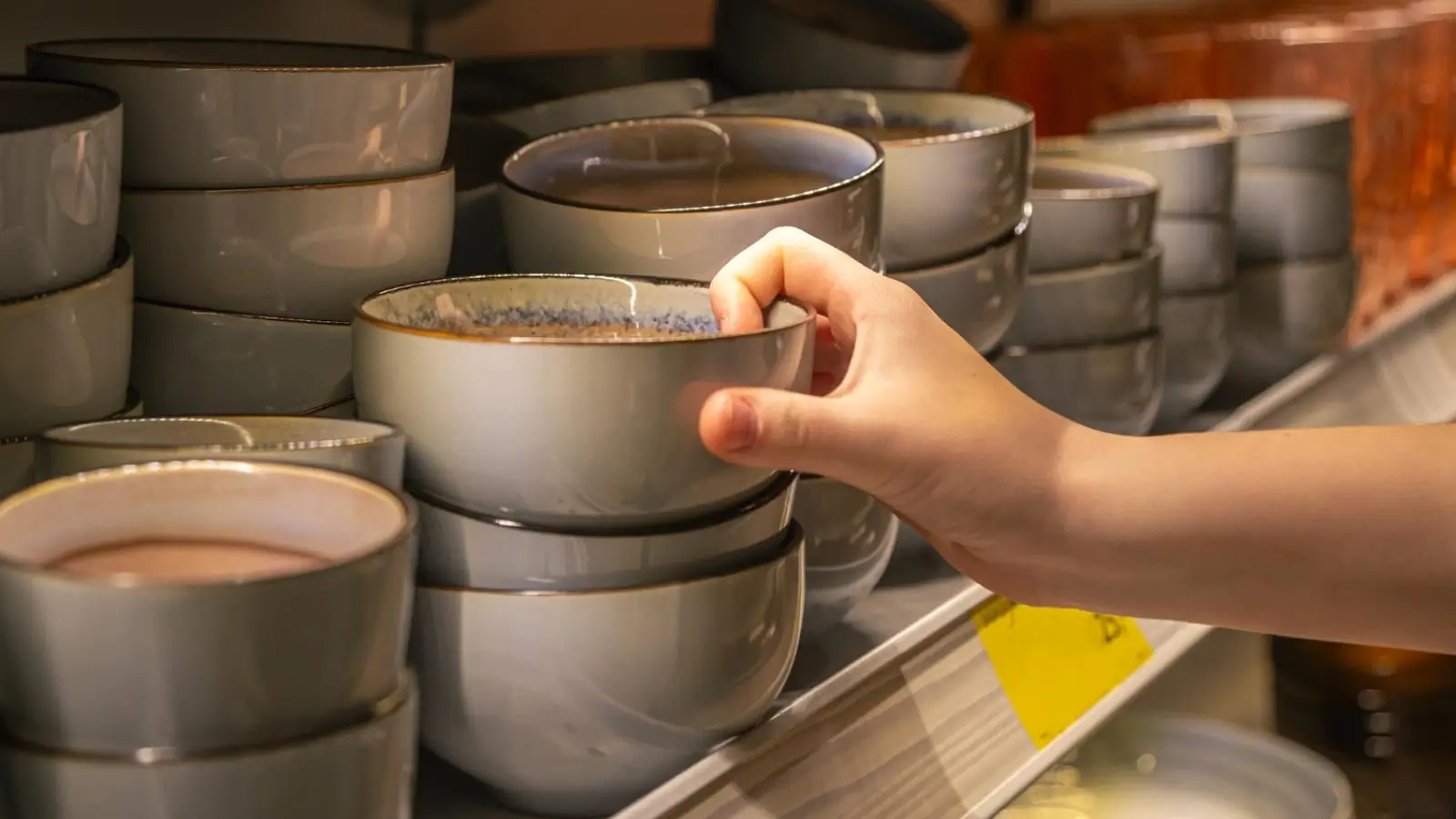


In today’s interconnected economy, the humble bowl represents far more than a simple vessel for food. Behind each one lies a story of innovation, craftsmanship, and global collaboration. The art and precision of modern bowl manufacturing have evolved dramatically, combining age-old ceramic traditions with cutting-edge technologies to meet the demands of both aesthetics and sustainability. From raw clay selection to international distribution, each stage of production reflects a delicate balance between heritage and innovation.
For centuries, bowl making was an art form practiced by skilled artisans. Early pottery from China’s Tang and Song dynasties set the foundation for modern ceramic aesthetics, inspiring techniques that remain relevant today. As global demand increased, these handcrafted methods transitioned into industrial-scale processes — without losing the essence of artistry.
Modern manufacturers employ automated forming machines, digital design systems, and sustainable production lines. Yet, the heart of the process still honors tradition: the careful shaping of clay, the harmony of form and function, and the cultural appreciation for craftsmanship. This seamless integration of art and engineering is what allows renowned brands like JOYYE to produce collections that appeal to global markets while maintaining artisanal quality.
The journey of a ceramic bowl begins with raw materials such as kaolin, ball clay, feldspar, and silica. Each ingredient plays a distinct role — kaolin provides whiteness and plasticity, feldspar contributes to vitrification, and silica enhances strength. Precision at this stage determines the final product’s durability and aesthetic appeal.
Leading bowl manufacturer use sophisticated quality-control systems to analyze the composition of these raw materials. Even minor variations can affect firing temperature and glaze performance. The clay mixture is refined through filter pressing and pug milling, processes that remove impurities and ensure consistent texture.
According to the American Ceramic Society, advancements in material science now allow for stronger, thinner ceramics that maintain durability while reducing resource consumption—a key sustainability milestone for modern producers.
Once the clay body is prepared, it’s ready for forming. Historically, potters shaped each bowl by hand on a wheel. Today, high-precision machines such as hydraulic presses and jigger-jollies replicate the same smooth contours with micron-level accuracy.
However, the human element remains essential. Many facilities employ artisans to hand-finish edges or add decorative touches that machines can’t replicate. This blend of manual skill and automation ensures uniformity while preserving the subtle uniqueness of handcrafted art.
Some manufacturers have integrated AI-driven systems to monitor moisture levels, detect imperfections, and optimize forming pressure in real time. As noted by Ceramic Industry Magazine, these technologies have increased production efficiency by up to 30% while minimizing material waste.
The firing stage transforms soft clay into durable stoneware. The first firing, or bisque firing, hardens the bowl enough to apply glaze safely. The glaze—composed of minerals, oxides, and glass formers—determines the final color, texture, and finish. Whether it’s a glossy minimalist look or a hand-painted pattern, the glazing stage is where function meets design.
The second firing, known as the glost firing, occurs at temperatures exceeding 1,200°C. This process fuses glaze and clay into one resilient structure. Modern kilns use digital sensors to maintain precise temperature control, ensuring that every piece achieves uniform color and surface quality.
In premium collections, decorative techniques such as underglaze printing, decal transfers, and gold rim detailing add artistic flair. These designs are often inspired by cultural motifs but adapted for contemporary global audiences. The result is a balance between traditional aesthetics and modern minimalism that appeals to homes, restaurants, and design enthusiasts worldwide.
Before a single bowl reaches the market, it must pass a series of stringent quality checks. Manufacturers examine each piece for glaze uniformity, shape accuracy, and resistance to thermal shock. Automated inspection systems now use 3D imaging to detect microscopic defects that human eyes might miss.
Once approved, the bowls are carefully packed in recyclable, eco-friendly materials. The global ceramic bowl market is driven by export dynamics—connecting producers in Asia, particularly China, with retailers and consumers across North America, Europe, and the Middle East.
International standards such as ISO 6486 ensure that ceramic dinnerware remains food-safe and environmentally compliant. These certifications not only protect consumers but also reinforce brand credibility in a competitive global landscape.
Sustainability is now the defining challenge for modern ceramics. High-temperature kilns, water usage, and waste disposal all carry environmental costs. To address this, manufacturers are turning to electric and hybrid kilns, water recycling systems, and eco-friendly glazing techniques that minimize emissions.
Research by the European Ceramic Society highlights innovations like digital inkjet glazing and bio-based additives, which significantly reduce waste while maintaining artistic freedom. Meanwhile, digital technologies like 3D modeling and on-demand manufacturing are enabling small-batch customization—reducing overproduction and enhancing product lifecycle efficiency.
Forward-thinking brands are not only focusing on sustainability but also traceability. Consumers today want to know where and how their products are made. Transparent sourcing and ethical labor practices have become key selling points in the premium tableware segment.
Ceramic bowls are more than utilitarian objects—they are cultural ambassadors. Their designs reflect lifestyle trends, culinary traditions, and aesthetic preferences from around the world. The growing popularity of minimalist and Scandinavian-inspired tableware, for instance, underscores the shift toward functional elegance and sustainable luxury.
Manufacturers who can blend form, function, and responsibility are setting new benchmarks in the global market. Whether it’s handcrafted artistry or mass-produced precision, the modern ceramic bowl embodies a unique intersection of tradition, technology, and environmental consciousness.
The art and precision of modern bowl manufacturing illustrate how ancient craftsmanship continues to thrive in a rapidly changing world. Every stage—from clay refinement to final glaze—is a testament to human ingenuity and cultural evolution.
As global consumers seek products that combine beauty, durability, and ethical production, ceramic bowl makers are embracing innovation without compromising authenticity. With brands like joyye.com leading the charge through design excellence and sustainable practices, the future of bowl manufacturing is set to remain both timeless and transformative.